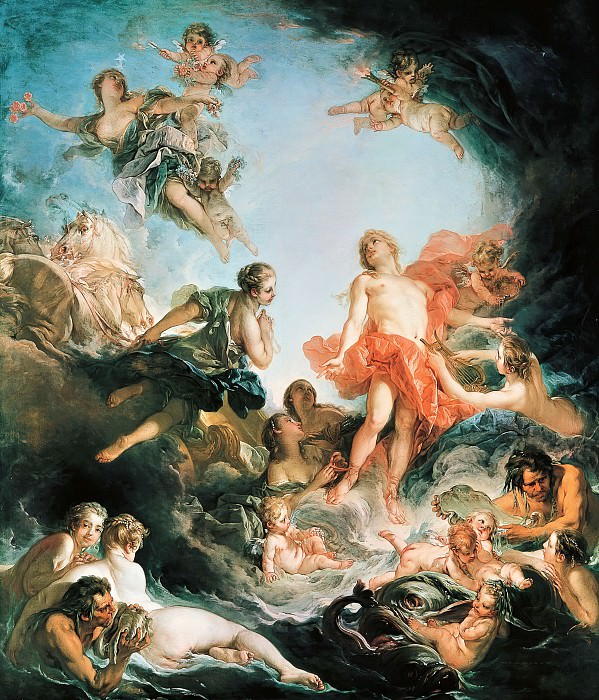Introduction to Painting Art
Painting art is one of the most ancient and expressive forms of human creativity. Its rich history, diverse techniques, and varied mediums have made it a central part of cultural heritage and personal expression. From the earliest cave paintings to contemporary masterpieces, painting continues to evolve, reflecting the ever-changing dynamics of society and the artist's perspective.
The Origins of Painting
The history of painting art dates back to prehistoric times, with the earliest known examples found in caves such as Lascaux in France and Altamira in Spain. These ancient paintings, created by early humans, primarily depict animals and hunting scenes, serving both as artistic expression and as a means to record important events. The use of natural pigments and simple tools highlights the ingenuity of early artists.
The Evolution of Painting Techniques
As civilizations developed, so did the techniques and materials used in painting. In ancient Egypt, painting was used to decorate tombs and temples, with artists employing a limited palette of colors derived from natural minerals. The Greeks and Romans further advanced painting techniques, incorporating perspective and realism into their works. The frescoes of Pompeii and the mosaics of Byzantine art are prime examples of the sophistication achieved in these periods.
The Renaissance: A Rebirth of Painting Art
The Renaissance period marked a significant turning point in the history of painting art. With a renewed interest in classical antiquity, artists like Leonardo da Vinci, Michelangelo, and Raphael revolutionized painting by introducing techniques such as linear perspective, chiaroscuro (the treatment of light and shadow), and anatomical accuracy. This era produced some of the most iconic works of art, including the Mona Lisa, The Last Supper, and the Sistine Chapel ceiling.
Baroque and Rococo: Drama and Ornamentation
The Baroque period followed the Renaissance, characterized by dramatic use of light and shadow, dynamic compositions, and emotional intensity. Artists like Caravaggio, Rembrandt, and Rubens created works that emphasized movement and theatricality. The Rococo style, which emerged in the early 18th century, was more ornate and decorative, with a focus on playful themes and pastel colors. François Boucher and Jean-Honoré Fragonard are notable artists of this period.
The Birth of Modern Art
The late 19th and early 20th centuries witnessed the birth of modern art, a period of rapid experimentation and innovation. Impressionism, led by artists like Claude Monet and Pierre-Auguste Renoir, broke away from traditional techniques to capture the fleeting effects of light and color. Post-Impressionism, represented by Vincent van Gogh and Paul Cézanne, further pushed the boundaries of form and color.
The 20th Century: A Revolution in Painting
The 20th century was marked by an explosion of artistic movements, each challenging conventional notions of painting. Cubism, pioneered by Pablo Picasso and Georges Braque, fragmented objects into geometric shapes, offering multiple perspectives within a single image. Abstract Expressionism, led by Jackson Pollock and Mark Rothko, emphasized spontaneous, gestural brushstrokes and non-representational forms. Surrealism, with artists like Salvador Dalí and René Magritte, explored the subconscious mind through dream-like imagery.
Contemporary Painting: Diversity and Innovation
Contemporary painting is characterized by its diversity and the blending of various styles and mediums. Artists today draw inspiration from a wide range of sources, from traditional techniques to digital technology. The global nature of the art world has also led to a cross-pollination of ideas, with artists incorporating cultural elements from around the world. Street art, mixed media, and installation art are just a few examples of how painting continues to evolve in the modern era.
The Role of Painting in Society
Throughout history, painting has played a crucial role in society, serving not only as a form of artistic expression but also as a means of communication, education, and social commentary. Religious and historical paintings have been used to convey moral and ethical lessons, while portraits and landscapes have documented the lives and environments of different periods. In contemporary times, painting often addresses social and political issues, challenging viewers to reflect on the world around them.
The Process of Creating a Painting
The process of creating a painting involves several stages, from conceptualization to completion. Artists begin with an idea or inspiration, which they may sketch or plan out before starting on the actual painting. The choice of medium, whether oil, acrylic, watercolor, or another type, influences the techniques and final appearance of the work. The application of paint involves various methods, including layering, blending, and glazing, to achieve the desired effect. The artist's unique style and vision are evident in each brushstroke and color choice.
The Impact of Technology on Painting Art
Advancements in technology have had a profound impact on painting art. Digital tools and software have opened up new possibilities for artists, allowing for greater experimentation and manipulation of images. Digital painting, created using tablets and styluses, has become a popular medium, offering the flexibility to work quickly and make changes easily. Additionally, technology has enhanced the way paintings are shared and viewed, with online galleries and social media platforms providing a global audience for artists.
The Future of Painting Art
The future of painting art is likely to be shaped by continued innovation and the blending of traditional and contemporary techniques. Artists will continue to push the boundaries of what is possible, exploring new materials, methods, and concepts. As society evolves, so too will the themes and messages conveyed through painting, reflecting the changing dynamics of the world. The enduring appeal of painting, with its ability to capture emotion and tell stories, ensures that it will remain a vital and dynamic form of artistic expression.
Conclusion
Painting art, with its rich history and ever-evolving techniques, remains a powerful form of human expression. From the earliest cave paintings to contemporary digital works, painting has continually adapted to reflect the times and the artist's vision. As we look to the future, painting will undoubtedly continue to inspire, challenge, and captivate audiences, maintaining its place as a central pillar of the art world.




